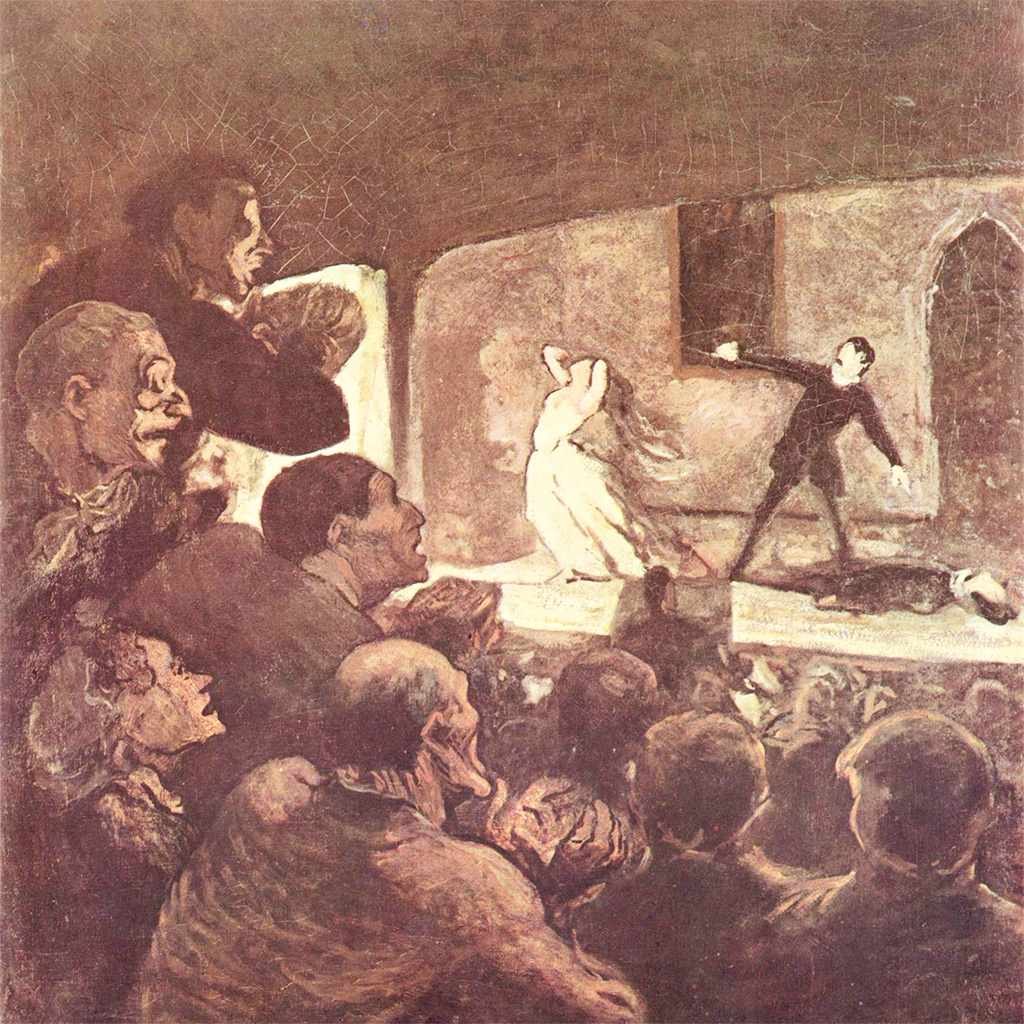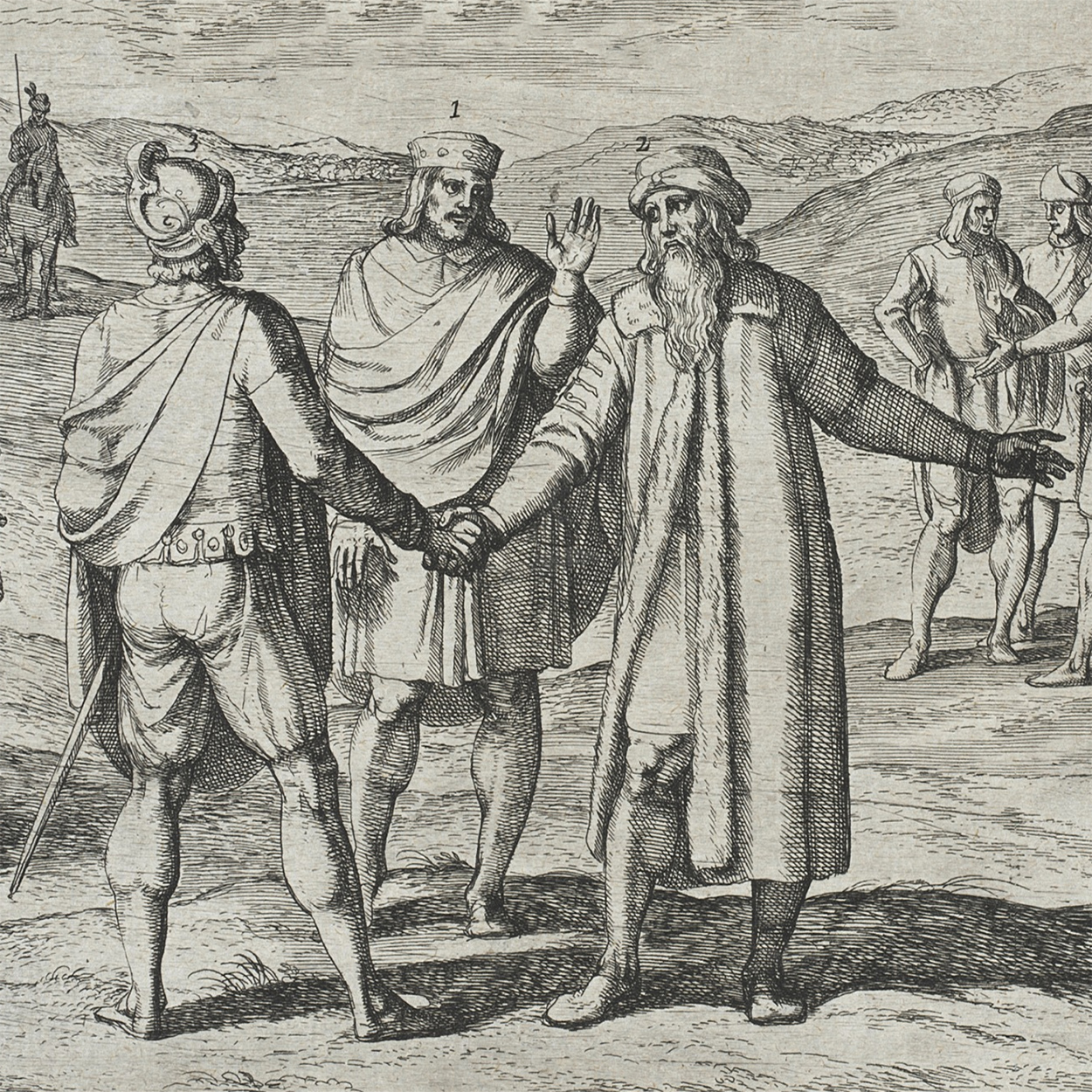Christianity Today’s blockbuster podcast series The Rise and Fall of Mars Hill is an eye-opening exploration of a very masculine and conservative church culture in Seattle’s Mars Hill church, and how conservative church culture more generally affects people’s experiences with Christianity.
What do I mean by conservative church culture?
No soul is a blank slate lacking temperament and worldview, and this is especially true in matters of faith. Just as conservative and liberal personality traits and moral intuitions affect our politics, they likewise affect our faith: the ways we think about stories in scripture, the ways we respond to directives from church sources, the expectations we hold toward our community, and so forth. Before diving into a discussion of conservative and liberal tendencies in religion, it’s important to note that there is not always a consistent overlap between our approach to faith and our partisan politics: it is possible to lean conservative in politics but liberal in how we approach religion, and vice versa. When reading this series of essays, you may be tempted to think of this in political terms, but please try not to—since my focus here is religion, not politics. This is also not a blanket judgment of conservative or liberal church culture, which one is right and which one is wrong. It’s more an exploration of these different ways of thinking.
Catholic teacher Richard Rohr tells a story of his visit to Gethsemani Abbey, a monastery where Thomas Merton developed basic concepts of the modern Christian contemplative tradition. Merton’s teachings on contemplation—an approach to faith that seeks authentic union with God through meditative prayer—contrast with tendencies in Christian communities to emphasize activities, institutions, and the authority of scripture. Rohr says that in a visit to Gethsemani years ago, he was told that some of the monks held resentment toward Merton, and the reason for this resentment was that at one point, Merton told them that they were not really contemplatives, but rather “just introverts saying prayers all day.”
Like the monks mistaking introversion for contemplation, we might say that a common mistake among modern Christians is to conflate our comfort zone with conversion. Christians whose comfort zone is a conservative temperament and worldview face a persistent temptation to use scripture, worship, church activities, and community cohesion not to deepen conversion to Christ and reflect God’s image into the world, but rather to reinforce and validate conservative perceptions of God. The same dynamic is at work among liberal-minded churchgoers by the way, who likewise tend to use religion to validate perceptions of God that are based as much in their own worldview as they are in reality.
In this series, I hope to describe tendencies, strengths, and weaknesses in conservative and liberal religion, with a focus on The Church of Jesus Christ of Latter-day Saints. We have some things in common with other Christian congregations and with religious movements in general; one of these things is a need to navigate the tension that emerges among members with differing conservative and liberal ways of seeing the world. When doctrinally-speaking anything goes, people go.
In His Feast of the Epiphany homily on January 6, 2022, Pope Francis offered a message that illustrates why he has become a source of frustration for conservative Catholics:
Have we been stuck all too long, nestled inside a conventional, external and formal religiosity that no longer warms our hearts and changes our lives? Do our words and our liturgies ignite in people’s hearts a desire to move towards God, or are they a “dead language” that speaks only of itself and to itself? It is sad when a community of believers loses its desire and is content with “maintenance” rather than allowing itself to be startled by Jesus and by the explosive and unsettling joy of the Gospel.
In Judaism, the divide between conservative and liberal religion has resulted in formal divisions of the faith into different kinds of communities, with “Reform” Judaism representing a liberal approach to faith, and Conservative and Orthodox congregations offering more traditional interpretations of scripture and religious practice.
Loyalty, Authority, and Sanctity
These are the three primary components of what moral psychologist Jonathan Haidt calls the “conservative moral matrix.” In Haidt’s book The Righteous Mind, he discusses how conservative moral intuitions based on loyalty, authority and sanctity find their counterparts in the moral intuitions of the ideological left, which are based more on notions of care and fairness.
Studies of personality illustrate another difference between conservatives and liberals: openness to new experiences. Haidt explains that “Liberals score higher on measures of neophilia (also known as “openness to experience”), not just for new foods but also for new people, music, and ideas. Conservatives are higher on neophobia; they prefer to stick with what’s tried and true, and they care a lot more about guarding borders, boundaries, and traditions.”
These observations speak to the strengths of conservative religion; loyalty, authority, sanctity, and a preference for the familiar are building blocks for a cohesive community that is capable of mobilizing for good causes. Indeed, without these building blocks, many communities often simply don’t come together and stay together. The resulting strength of conservative religion is often envied on the ideological left. If some of the discussion here seems to speak more to the strengths of conservative religion, it is because in conservative religion, we have more to observe: there are more, larger, more cohesive conservative religious communities. However, I highly recommend The Rise and Fall of Mars Hill Podcast as a case study for understanding the risks in conservative religious community-building.
In this discussion, I’m not drawing primarily upon research data; my views here are based primarily upon my own observations and other analyses that are relevant. But I also think it is important to point out that most research into the Latter-day Saint religious experience does not account for these conservative and religious worldviews among Latter-day Saints. When we are surveyed, we are usually asked about measures of “activity” like church attendance and service in callings, but as I hope to demonstrate throughout, it would be really helpful for researchers to account as well for worldview in studies of Latter-day Saint experience.
Determining What to Believe
Like the ability to form cohesive communities, another strength in conservative religious instincts is that they allow doctrine to remain settled. Rather than holding doctrines and historical narratives in perpetual jump-ball status, conservatives are inclined to coalesce around them and promote and defend them. When a group’s objective is to promote a belief system to younger generations and the outside world, conservative values of tradition and precedent and boundaries serve as an important toolset in defending against entropy and confusion. Christian denominations that are growing and thriving frequently have in common a sense of clarity about what exactly they believe. By contrast, liberal instincts toward doctrinal pluralism and relativism feel like inclusion, but in practice have led to the disintegration of mainstream Christian congregations over decades. When it comes to doctrine, the larger the tent, the less likely it is that people will remain gathered into it. When doctrinally-speaking anything goes, people go.
When we discuss liberal religion, liberal-leaning people usually insist upon a definition, and here I offer one. Progressivism is the idea that society becomes better when enlightenment tools of reason and critical inquiry are applied to questions in lieu of tools like tradition and faith, which are regarded as less reliable guides to what is true. Liberal (or progressive—these terms are used here interchangeably) religion is the application of these assumptions to faith. The result is that liberal religion often tends to be dismissive of mysticism, miracles, hierarchies, and institutional authority to determine what is true. Liberal-leaning churchgoers are often especially eager to seek to balance or synthesize statements of faith with secular scholarship and generally tend to center their commitments around beliefs that can be defended in academic settings.
To review, both conservative and liberal approaches to doctrine carry their own strengths and weaknesses. Conservative approaches result in cohesion and stability, which are essential for a community to thrive. But sometimes a community can benefit from openness to new ways of thinking. And where liberal-leaning believers feel comfortable with the process of exploration and questioning and updating beliefs, conservative-leaning believers sometimes see that process as one that negates long-held, valid beliefs and traditions that are cherished by the community.
It’s important to recognize that this is often true. But it’s also true that sometimes a community’s understanding of God does in fact need to change, and even when a particular set of beliefs about God is true, the way those beliefs are framed and taught may need to be refreshed to accommodate changes in culture. Here, in situations where conservatives may feel defensive and averse to change, liberals often benefit from a flexibility that allows them to welcome change and move the community toward better understandings.
The persistent challenge for liberal-leaning believers, then, is to avoid “cutting into muscle”: that is, in the name of progress, discarding beliefs that do not fit liberal paradigms, but are nonetheless factually true. In a belief community like The Church of Jesus Christ of Latter-day Saints, the connection between believers and beliefs is largely forged by our experiences, like our encounters with God and our exercise of the gifts of the spirit. These experiences are not shared equally by all members of our community, however, and the disparity in our experiences can feel frustrating to liberal-leaning saints who think of fairness in terms of sameness. This and other tendencies can become false criteria for evaluating the validity of doctrine, and if not kept in check, they can serve as wedges of divisiveness among the community of believers.
In a community oriented around beliefs, the question of what to believe is very important, as it has tremendous implications for our sense of belonging. Jesus taught the importance of belief and was clear about the spiritual peril of unbelief. Yet we sometimes think of the decision to believe as either an innate trait we are born with or a simple decision like a light switch that we flip in our minds. But restoration scripture speaks of belief as a spiritual gift that we can all seek, and in the Book of Mormon, Nephi says that he was only able to believe in his father’s words after a divinely-facilitated change of heart. In a general conference of Latter-day Saints, Sister Bonnie L. Oscarson reiterated this deeply important concept in her statement that “To believe, we need to get the gospel from our heads into our hearts!”
In The Righteous Mind, Jonathan Haidt offers a social scientist’s view that echoes Sister Oscarson’s remark:
Anyone who values truth should stop worshiping reason. We all need to take a cold hard look at the evidence and see reasoning for what it is. … each individual reasoner is really good at one thing: finding evidence to support the position he or she already holds, usually for intuitive reasons. … the worship of reason, which is sometimes found in philosophical and scientific circles, is a delusion. It is an example of faith in something that does not exist (p.104-107).
Echoing Haidt, Sister Oscarson teaches that belief is as much a process in our hearts as it is a decision in our minds. Our decisions about what is rational and reasonable follow our intuitions and feelings—rather than the other way around. And not everyone in our faith community is in the same place as far as belief and faith. This is why the love of a community is so vital: it can lead people to desire to believe. If a community can be patient with one another as people work through their questions and doubts, this can help members to create a healthy cognitive and emotional soil for belief.
In his writings, J. Gresham Machen was emphatic that in a Christian community, belief is an absolute requirement for those who will teach the gospel. But for people who are not in those teaching roles, the community can be a nurturing environment to help others along. Speaking of those who are “troubled by grave doubts,” Machen said:
For great hosts of such troubled souls, the Church offers bountifully its fellowship and its aid; it would be a crime to cast them out. There are many men of little faith in our troublous [sic] times. It is not of them that we speak. God grant that they may obtain comfort and help through the ministrations of the Church!
Clearly, differences in our levels of belief are not a sign that something is wrong with our community: they are a normal fact of life in every community of believers.
Among Latter-day Saints, there are members who lack a level of conviction that would allow them to honestly obtain a temple recommend. These differences in privileges among us should be met with the utmost love and compassion, free of harsh judgment or shaming. Kind and loving friends and family can help to create space for church members to do the deep work of seeking, and the community can provide support and encouragement as members take leaps of faith that lead to belief.
In Part 2 of this series exploring liberal and conservative-oriented faith, I turn to questions of authority, social dynamics, and belonging.

















